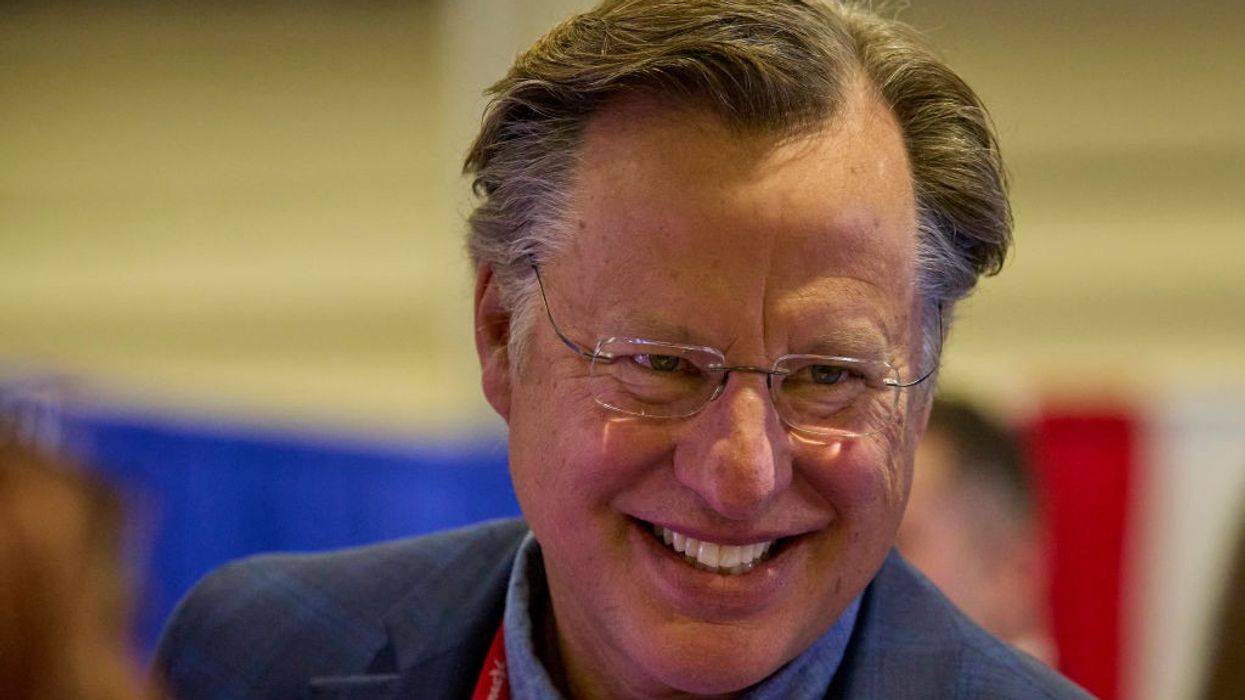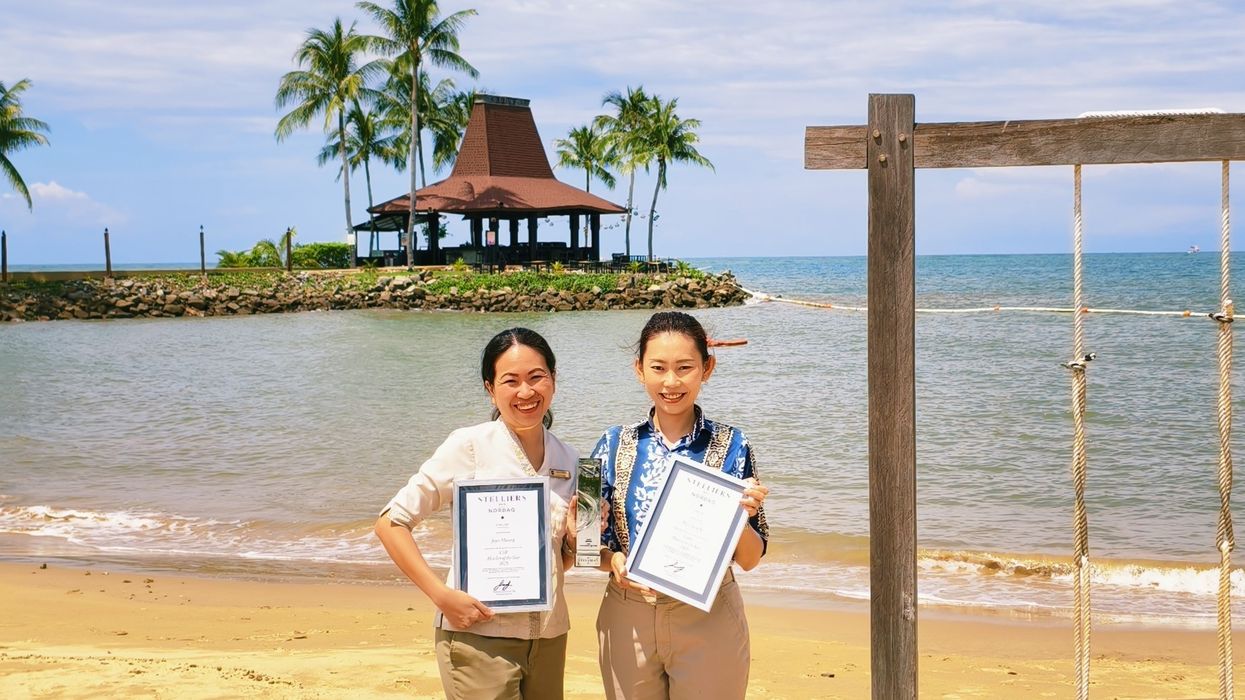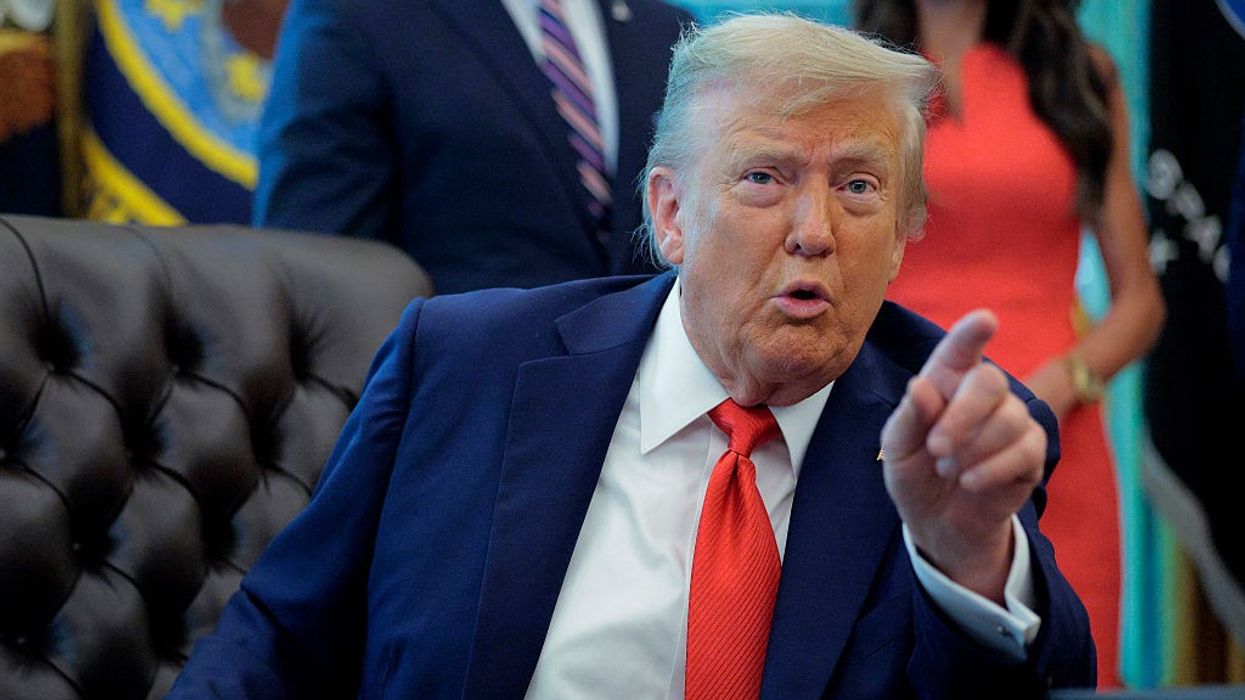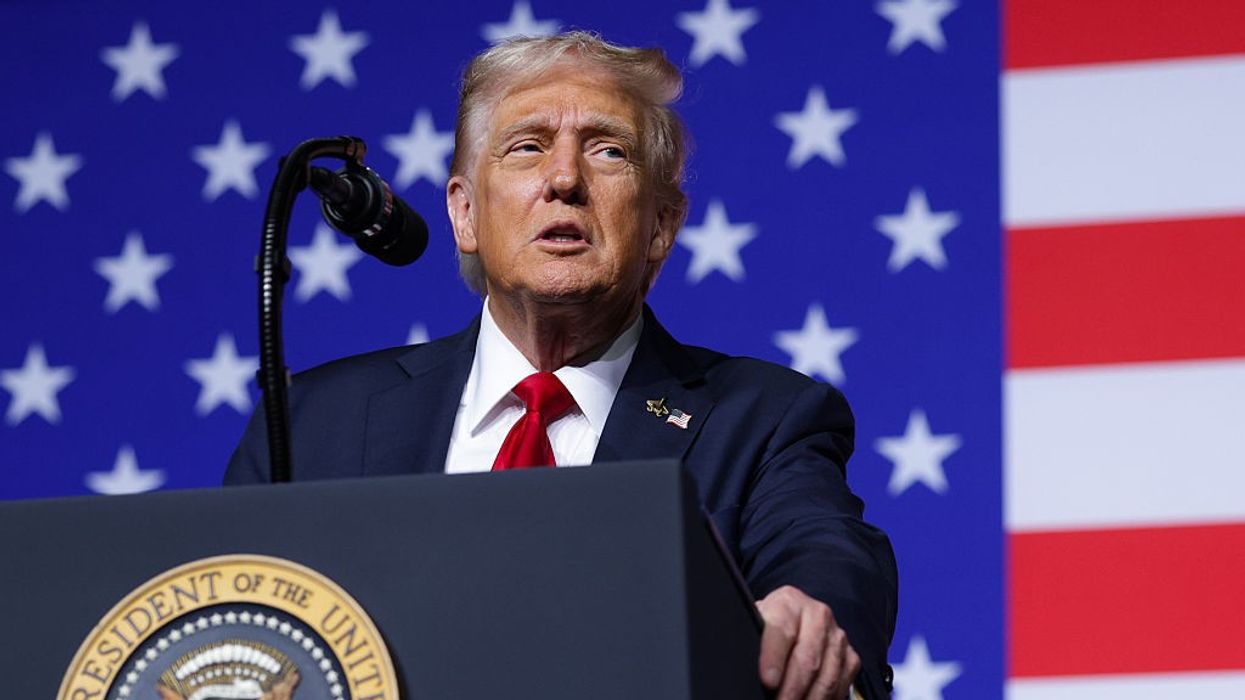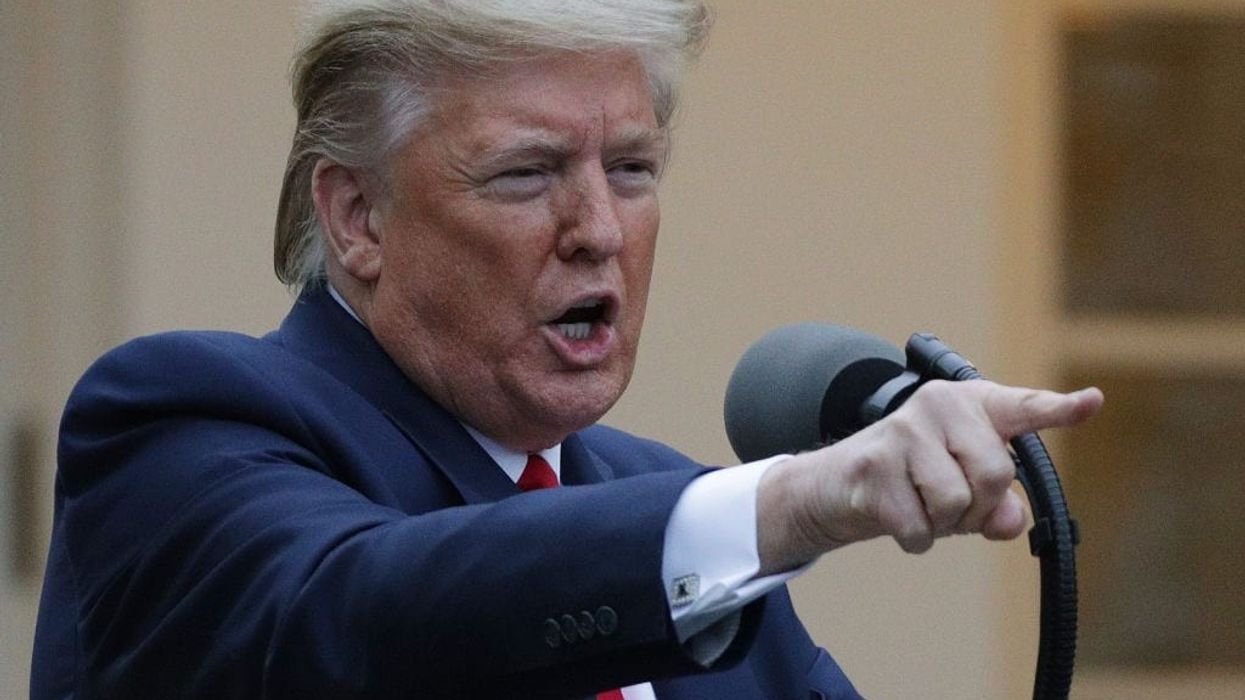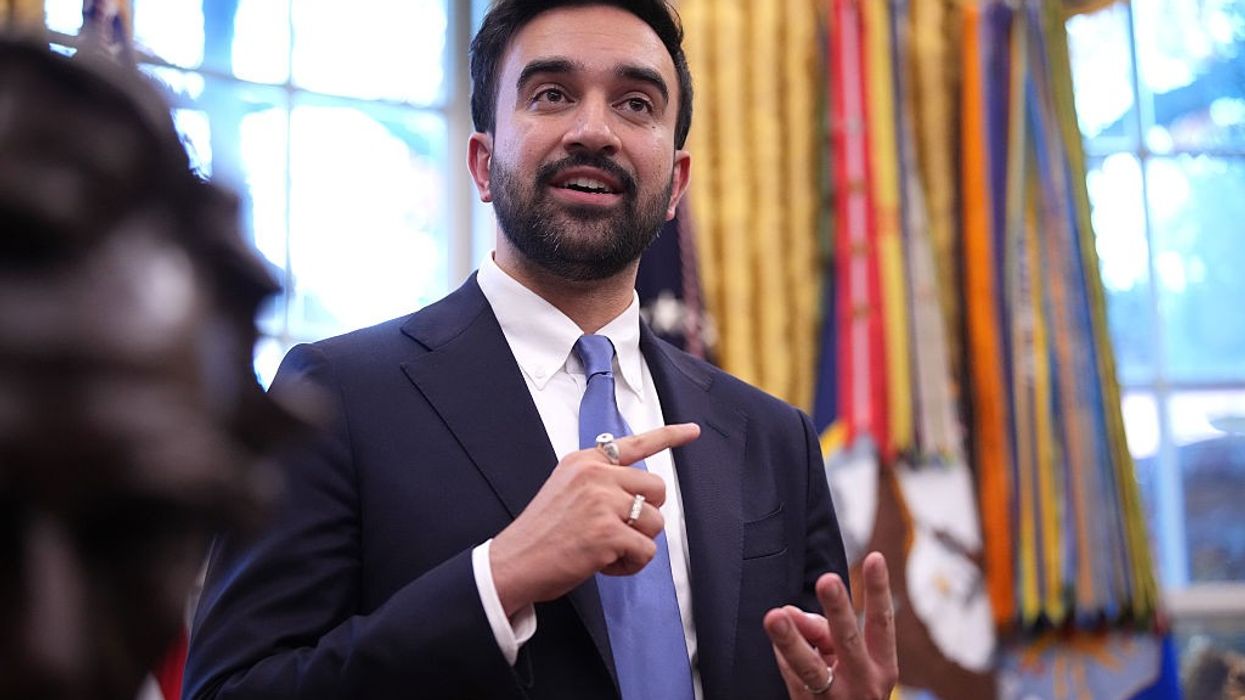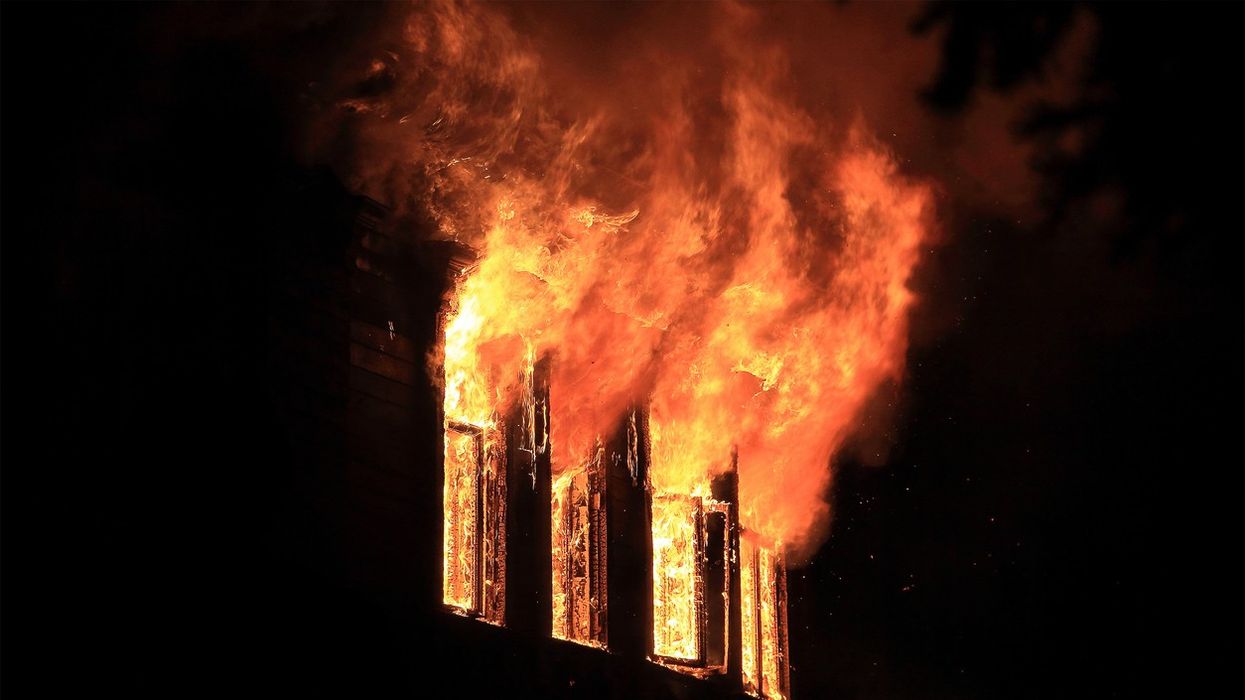AFTER US president Donald Trump's crackdown on academic institutions and deportation of some foreign students, universities around the world, especially those in Asia, are offering refuge for the impacted students.
Earlier this week, Hong Kong’s education bureau called on the city’s universities to “attract top talent” by opening their doors to those affected by the Trump administration’s attempt to ban Harvard from enrolling international students.
The Hong Kong Science and Technology University announced an open invitation to any affected foreign students, offering a place to those forced to leave Harvard, as well as those with confirmed offers.
The Trump administration has ordered its missions abroad to stop scheduling new appointments for student and exchange visitor visa applicants as the State Department prepares to expand social media vetting of foreign students.
Japan
Many universities in Japan have also stepped up their drive to woo those affected by US government's recent moves against foreign students.
Osaka University, one of the top-ranked in Japan, is offering tuition fee waivers, research grants and help with travel arrangements for students and researchers at US institutions that want to transfer.
Masaru Ishii, dean of the graduate school of medicine at Osaka University, described the impact on U.S. universities as "a loss for all of humanity".
Kyoto University and Tokyo University are also considering similar schemes.
The country's education minister, Toshiko Abe, has requested universities to explore support measures to help displaced students.
Japan aims to ramp up its number of foreign students to 400,000 over the next decade, from around 337,000 currently.
China
China's Xi’an Jiaotong University has appealed for students at Harvard, singled out in Trump's crackdown, promising "streamlined" admissions and "comprehensive" support.
Chinese students have been particularly targeted in Trump's crackdown, with U.S. Secretary of State Marco Rubio on Wednesday (28) pledging to "aggressively" crack down on their visas.
More than 275,000 Chinese students are enrolled in hundreds of US colleges, providing a major source of revenue for the schools and a crucial pipeline of talent for US technology companies.
International students - 54 per cent of them from India and China - contributed more than $50 billion to the US economy in 2023, according to the US Department of Commerce.
Trump's crackdown comes at a critical period in the international student application process, as many young people prepare to travel to the U.S. in August to find accommodation and settle in before term starts.
Dai, 24, a Chinese student based in Chengdu, had planned to head to the U.S. to complete her masters but is now seriously considering taking up an offer in Britain instead.
"The various policies (by the U.S. government) were a slap in my face," she said, requesting to be identified only by her surname for privacy reasons. "I'm thinking about my mental health and it’s possible that I indeed change schools."
Students from Britain and the European Union are also now more hesitant to apply to U.S. universities, said Tom Moon, deputy head of consultancy at Oxbridge Applications, which helps students in their university applications.
Uptick in the UK
There has been an uptick in applications to British universities from prospective students in the U.S., said Universities UK, an organization that promotes British institutions.
It cautioned, however, that it was too early to say whether that translates into more students enrolling.
Jessica Turner, CEO of Quacquarelli Symonds, a London-based analytics firm that ranks universities globally, said other leading universities around the world were trying to attract students unsure of going to the United States.
Germany, France, and Ireland are emerging as particularly attractive alternatives in Europe, she said, while in the Asia-Pacific, New Zealand, Singapore, Hong Kong, South Korea, Japan, and mainland China are rising in profile.
Trump crackdown
Trump's administration has enacted massive funding cuts for academic research, curbed visas for foreign students - especially those from China - and plans to hike taxes on elite schools.
Trump alleges top US universities are cradles of anti-American movements. In a dramatic escalation, his administration last week revoked Harvard's ability to enrol foreign students, a move later blocked by a federal judge.
US universities have long been reputed to be among the world's best, and among the most expensive to attend.
International students who pay full tuition are a vital source of revenue, as are federal research grants, which the Trump administration is also slashing.
The State Department has justified its crackdown by pointing to "theft" of US technology by China, and Trump has spoken of making more spots for US-born students.
But Trump's inner circle has long made clear its intentions to battle universities, whose often left-leaning faculties, high costs, and selectivity make them perfect foils for a presidency centered on countering elites and foreigners.
Vice president JD Vance stated in no uncertain terms his hope to destroy the power of academe in a 2021 speech entitled, "The universities are the enemy."
Yet Vance himself rose from poverty to power through Yale Law School, one of the country's most elite institutions.
Universities have an outsized influence on the economy, with international students directly contributing $50 billion to the US economy in 2023, according to the US Commerce Department.
Many top US entrepreneurs are immigrants who came as students, including Trump's ally Elon Musk, with around half of the Fortune 500 companies founded by immigrants or their children.
Reputational effect
Analytics firm QS said overall visits to its 'Study in America' online guide have declined by 17.6 per cent in the last year — with interest from India alone down over 50 per cent.
"Measurable impacts on enrolment typically emerge within six to 18 months. Reputational effects, however, often linger far longer, particularly where visa uncertainty and shifting work rights play into perceptions of risk versus return," said QS' Turner.
That reputational risk, and the ensuing brain drain, could be even more damaging for US institutions than the immediate economic hit from students leaving.
"If America turns these brilliant and talented students away, they will find other places to work and study," said Caleb Thompson, a 20-year-old US student at Harvard, who lives with eight international scholars.
"The US, historically, has a reputation around the world of having a very open atmosphere for scientific and technical research, and that draws a lot of people, especially people from countries that don't necessarily have that kind of openness," said Phoebe Sengers, a professor in information science and science and technology studies at Cornell University.
She said it's certain the number of international students will "plummet in the coming years."
"The challenge with that is that students who would come here don't just disappear. They will stay in their home countries or go to other countries where they can get a technical education, and they're going to be building businesses in those countries and competing directly with our firms," she said.
Krishna Bista, a professor at Morgan State University who studies international student mobility, said the tone set by the Trump administration "could deter even the most qualified applicants" from the United States.
"It's not just a visa issue - it affects students' sense of safety, belonging and academic freedom," he said.
"Other nations are building policies to recruit talent - it's irrational for the US to push it away."
"Even if everything was turned around tomorrow, our reputation as an open and welcoming society has already taken significant damage," Sengers said.
"It would take a concerted effort to bring things back to where they were four months ago." (Agencies)



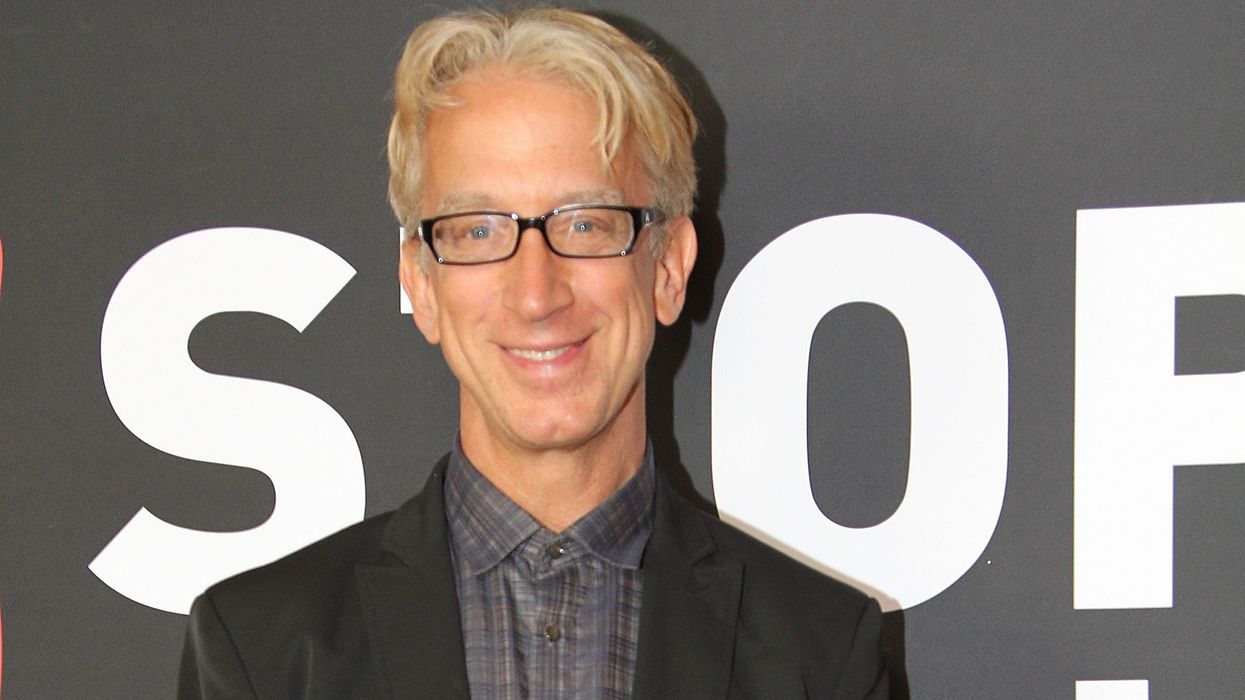
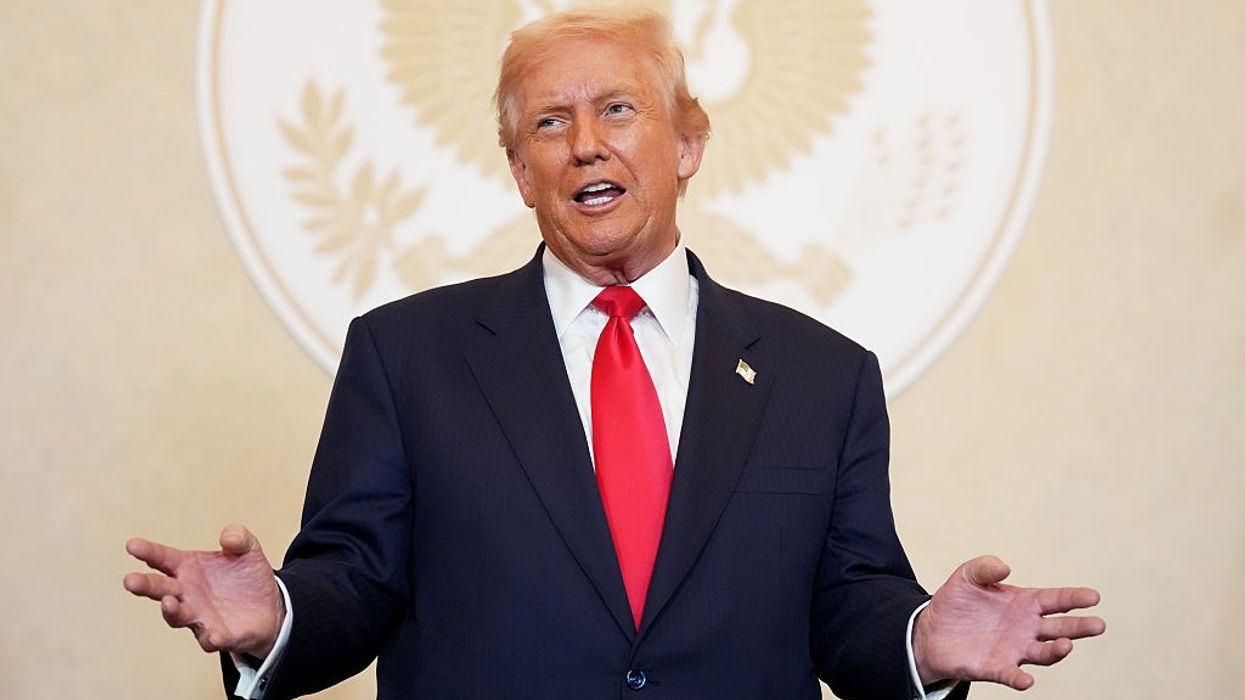
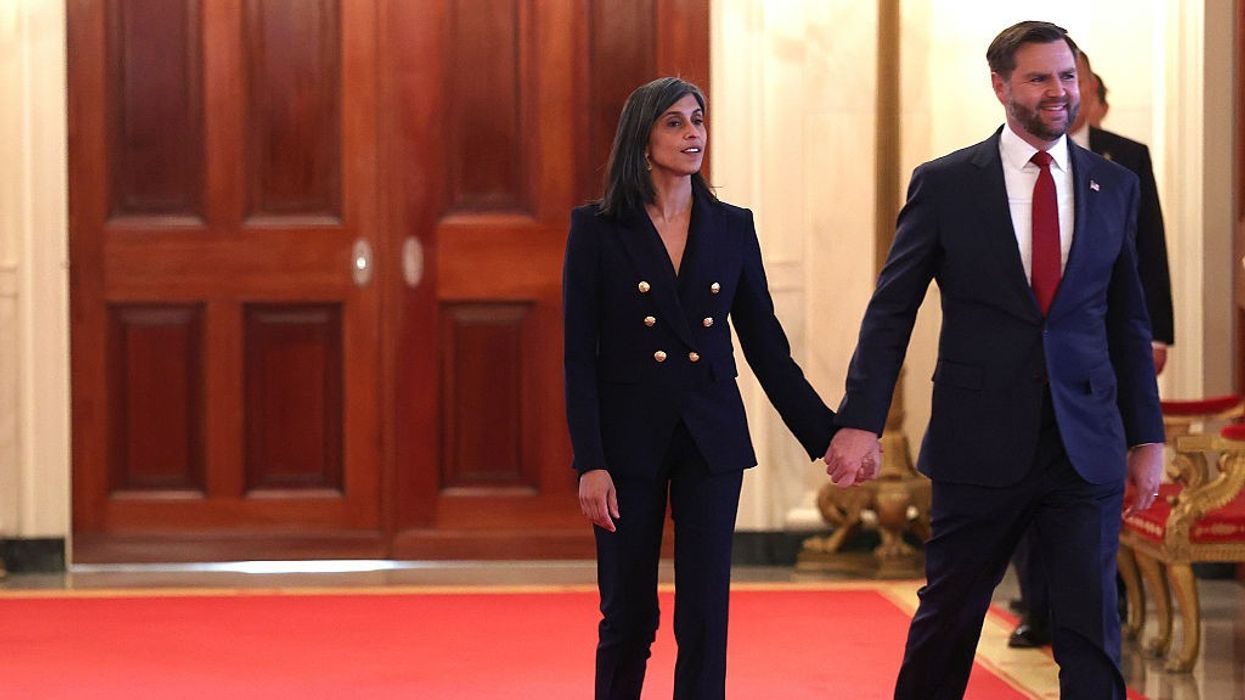
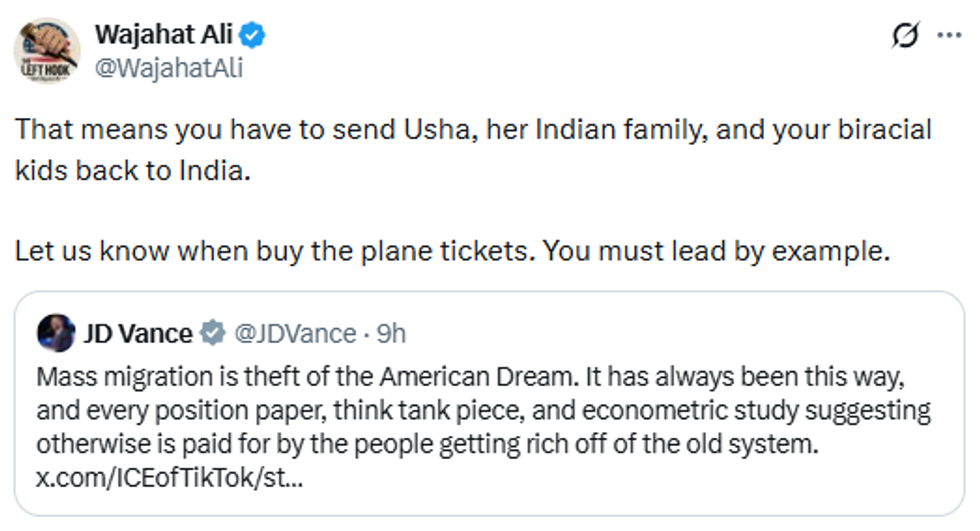 X
X